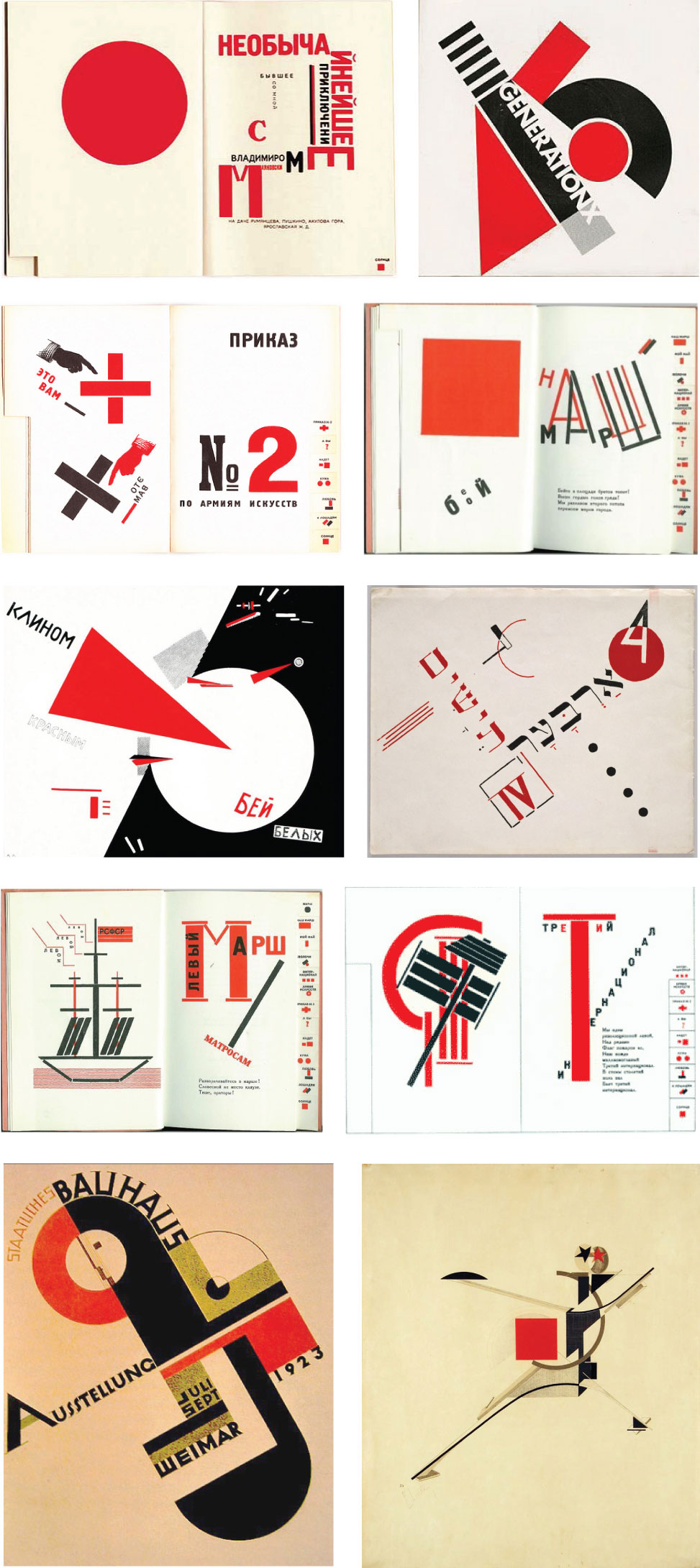Joey Guidone is “a fan of simplicity†as evidence in his work shown above. He currently lives and works at the foot of the Italian Alps. The natural born artist studied illustration at the Institute Europe di Design of Turin and Mimaster in Milan. His clients include but are not limited to Vanity Fair Italy, The Boston Globe, Oprah Magazine, and The Wall Street Journal. On the Adobe blog he says this about his inspiration: Â
“The first stage of my process is getting inspired. I think there are infinite ways to find inspiration. Sometimes you struggle all day, sometimes it just pops up listening to a random song on the radio. When I find something useful for my project, I do thumb roughs on paper. I have a sketchbook where I collect ideas and that’s another source of inspiration. I also like to see how other artists have dealt with a similar topic.“
The artist can be followed on his website, Behance, Facebook and Instagram.
Images: Courtesy of Joey Guidone.




You must be logged in to post a comment.